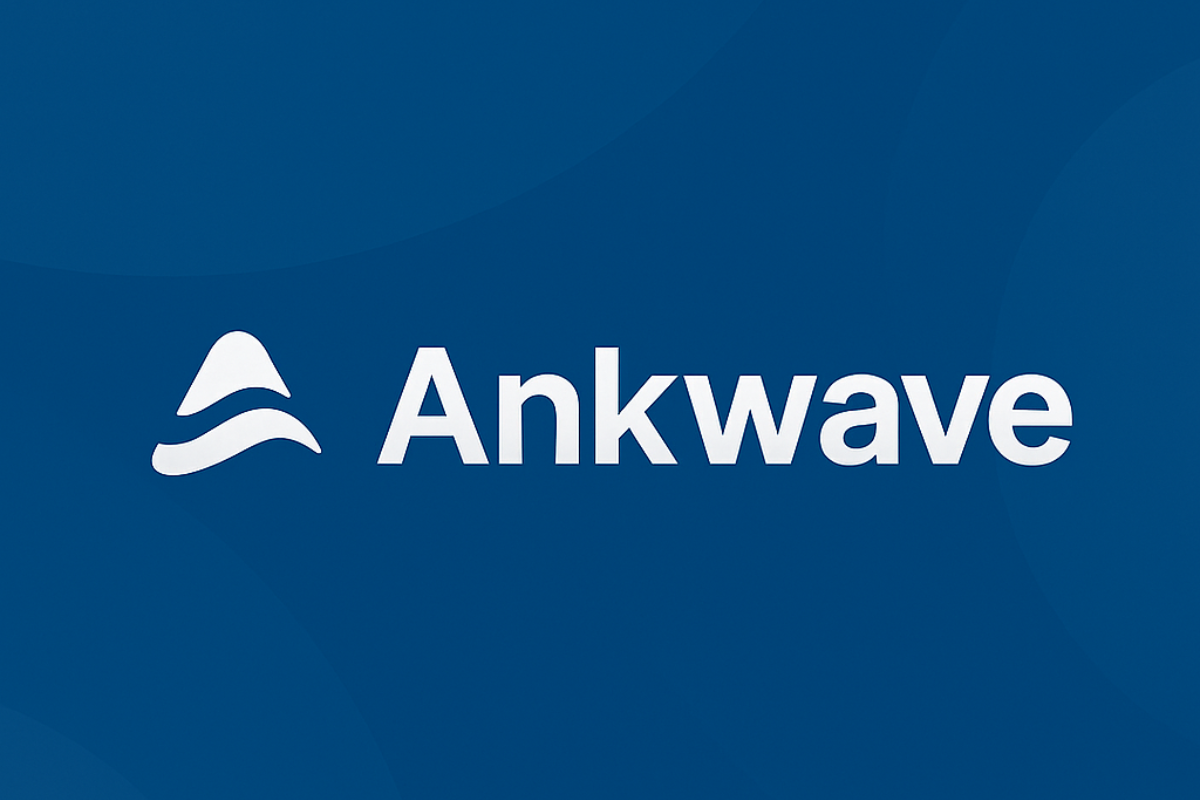In today’s fast-paced digital era, connectivity is no longer just a convenience—it’s a necessity. With an increasing number of devices, applications, and systems demanding seamless communication, traditional wireless technologies often struggle to meet modern expectations. This is where Ankwave steps in, offering a revolutionary approach to wireless communication. Designed to combine high-speed data transmission, energy efficiency, and advanced security, Ankwave has positioned itself as a game-changer in industries ranging from healthcare to smart cities. This article explores the full spectrum of Ankwave, its applications, advantages, and the transformative impact it brings to modern communication networks.
What Is Ankwave?
Ankwave is an advanced wireless communication platform that leverages cutting-edge radio frequency (RF) technology and proprietary algorithms to deliver fast, secure, and reliable connectivity. Unlike traditional Wi-Fi or Bluetooth systems, Ankwave adapts dynamically to environmental interference and network congestion, ensuring optimal signal performance in diverse settings. Its design prioritizes both high-speed data transfer and low latency, making it suitable for applications that require real-time communication. By combining scalability, energy efficiency, and robust security, Ankwave stands out as a versatile solution for industries and consumers alike.
The Core Technology Behind Ankwave
The foundation of Ankwave lies in its intelligent RF technology and adaptive network algorithms. The platform utilizes dynamic frequency allocation, which allows it to switch seamlessly between channels to avoid interference and maintain stable connections. Furthermore, Ankwave employs advanced modulation techniques to enhance data throughput without sacrificing signal integrity. These technical innovations enable Ankwave to deliver superior performance even in high-density environments, making it a reliable choice for smart homes, industrial networks, and large-scale enterprise systems.
Key Features of Ankwave
1. High-Speed Data Transmission
One of the defining characteristics of Ankwave is its capability to handle ultra-fast data transfers. By utilizing optimized RF channels and adaptive algorithms, Ankwave reduces latency, enabling real-time applications such as video conferencing, cloud computing, and interactive IoT systems. This speed ensures uninterrupted connectivity for critical operations and enhances overall user experience across devices.
2. Robust Security Protocols
Security is a primary concern for modern connectivity solutions, and Ankwave addresses this with advanced encryption methods, secure authentication, and proactive threat detection. By providing end-to-end protection, Ankwave ensures sensitive data remains safe from cyber threats. Industries such as healthcare, finance, and defense particularly benefit from its strong security framework.
3. Scalability and Flexibility
Designed for adaptability, Ankwave offers scalable solutions that grow with the user’s requirements. Whether deploying a small local network or a large enterprise-level system, Ankwave can easily integrate with existing infrastructure. Its modular architecture enables effortless expansion, making it suitable for a wide variety of applications across multiple sectors.
4. Energy Efficiency
Sustainability is increasingly important in technological advancements. Ankwave incorporates energy-efficient components that minimize power consumption without compromising performance. This reduces operational costs and contributes to environmentally responsible connectivity solutions.
5.Seamless IoT Integration
The Internet of Things (IoT) requires robust and consistent connectivity. Ankwave facilitates smooth integration with IoT devices, ensuring reliable communication between smart devices, industrial sensors, and other connected systems. Its compatibility enhances the efficiency of smart homes, healthcare devices, and industrial automation systems.
Applications of Ankwave
Telecommunications
In telecommunications, Ankwave enhances network performance by providing high-speed, low-latency connections capable of supporting data-intensive applications. From voice and video calls to high-definition streaming, Ankwave ensures a reliable communication experience. Its ability to handle multiple simultaneous connections makes it ideal for expanding telecom networks.
Internet of Things (IoT)
The rise of IoT devices has created a demand for stable, low-power wireless communication. Ankwave addresses this by allowing numerous devices to operate efficiently over extended ranges with minimal interference. Smart city implementations, industrial automation, and environmental monitoring all benefit from Ankwave’s reliable connectivity.
Healthcare
Healthcare technology increasingly relies on real-time data sharing and remote monitoring. Ankwave enables secure, low-latency communication between medical devices, telemedicine platforms, and hospital networks. This ensures timely information flow for patient monitoring, diagnostics, and emergency response systems.
Defense and Aerospace
In defense and aerospace, where communication reliability is critical, Ankwave provides secure, interference-resistant channels. Its high-frequency adaptability and robust signal integrity make it suitable for tactical operations, navigation systems, and surveillance networks, even in challenging environmental conditions.
Advantages of Ankwave Over Traditional Technologies
Compared to traditional wireless systems, Ankwave offers multiple advantages: faster data speeds, lower latency, enhanced security, and seamless integration capabilities. Traditional Wi-Fi or Bluetooth often face interference in crowded environments and are limited in scalability. Ankwave, on the other hand, maintains consistent performance even under high-demand scenarios, providing superior reliability. Its energy-efficient design also distinguishes it from older technologies, making it a sustainable choice for long-term deployments.
Challenges and Considerations
While Ankwave is a cutting-edge solution, deploying it requires careful planning. Integrating Ankwave with existing infrastructure can be complex, particularly in legacy systems that were not designed for modern RF technologies. Additionally, compliance with regulatory standards across different regions must be considered, as frequency usage and transmission limits vary. Deployment costs may be higher initially, but the long-term benefits often outweigh these challenges. Strategic planning ensures that organizations maximize the value and efficiency of Ankwave deployments.
Future Prospects of Ankwave
The future of Ankwave is promising, driven by increasing demand for high-speed, secure, and reliable communication solutions. Integration with emerging technologies such as 5G, artificial intelligence, and edge computing will expand its capabilities. Industries ranging from smart cities to autonomous vehicles are poised to benefit from Ankwave’s advancements. As global connectivity demands continue to rise, Ankwave is well-positioned to play a critical role in shaping the next generation of communication networks.
Conclusion
Ankwave represents a significant leap in wireless communication technology. By combining high-speed data transmission, advanced security, scalability, energy efficiency, and seamless IoT integration, it offers a comprehensive solution for modern connectivity challenges. Industries from telecommunications to healthcare and defense can harness its capabilities for enhanced performance and reliability. As technology continues to evolve, Ankwave’s innovative approach ensures it remains at the forefront of the connectivity revolution, paving the way for a more interconnected and efficient future.
